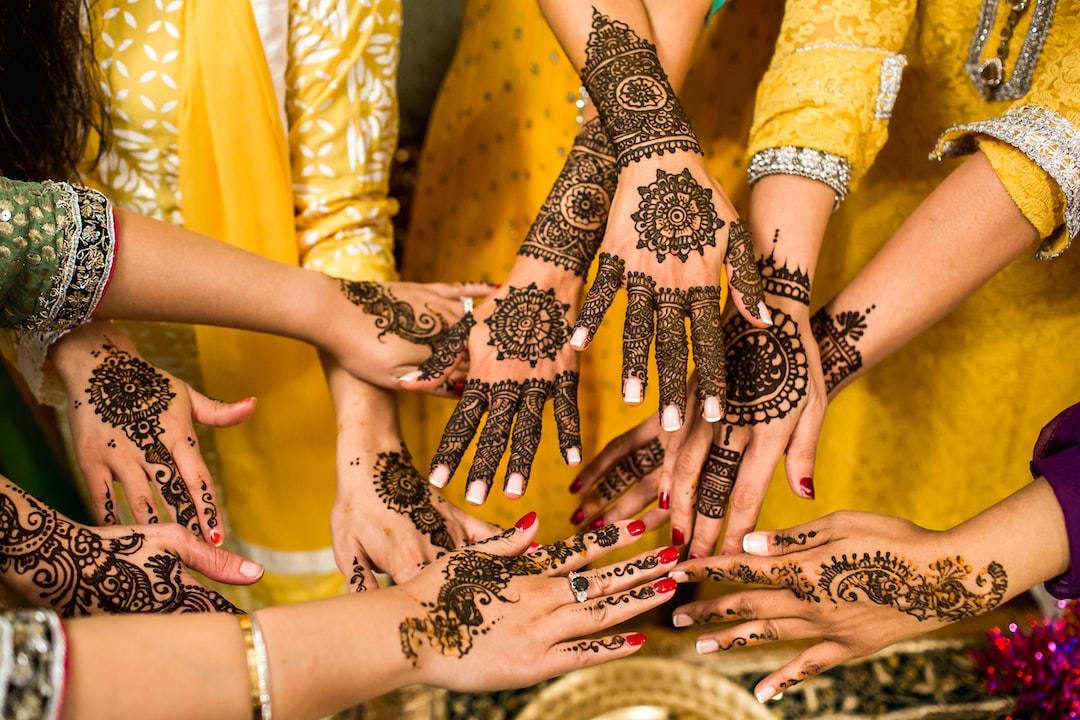Indian wedding traditions in America have been around for centuries, and they are still celebrated with enthusiasm today. From pre-wedding rituals to post-wedding customs, there is a unique blend of both traditional and modern Indian culture that makes these ceremonies so special. Whether you’re looking for advice on how to plan your own big day or just curious about the different types of Indian wedding traditions practiced in America, this article will provide an overview of what goes into celebrating such an important event. Get ready to explore the many aspects of indian wedding traditions in america.
Indian Wedding Traditions in America
Pre-Wedding Traditions
Engagement Ceremony:
The engagement ceremony is a traditional part of Indian weddings in America. It marks the beginning of the wedding process and symbolizes the couple’s commitment to each other. During this ceremony, both families come together to exchange gifts and blessings for the couple. The groom will typically give his bride-to-be an engagement ring as a sign of their love and devotion. This is usually followed by a celebratory dinner or gathering where family members can get to know one another better.
Haldi Ceremony:
The haldi ceremony is an important pre-wedding tradition that takes place before the actual wedding day. On this day, turmeric paste (known as “haldi”) is applied on both the bride and groom by their close family members such as parents, siblings, cousins etc., which signifies purification and blessing from God for a happy married life ahead. Afterward, there are often fun activities like singing traditional songs or playing games with friends and family members present at the event.
Mehendi ceremonies, also known as henna parties, involve applying intricate designs made out of mehendi (henna) onto the hands and feet of both bride and groom prior to marriage rituals in India and the United States. Friends and relatives gather around them while music plays in the background along with laughter and joyous conversations making it an unforgettable experience for everyone involved. In addition to being beautiful body art, mehendi has many cultural significances associated with it including good luck wishes for newlywed couples who apply it on themselves before getting married.
Wedding Day Traditions
Baraat Procession:
The baraat procession is a traditional Indian wedding custom in which the groom and his family are welcomed to the ceremony by the bride’s family. It usually begins with music, dancing, and singing as they make their way to the venue. In American Indian weddings, this can be done with a horse-drawn carriage or even a limousine decorated with flowers and colorful fabrics.
Exchange of Garlands (Jaimala):
The exchange of garlands is an important part of any Hindu wedding ceremony. This ritual symbolizes acceptance between two families and signifies that both parties have agreed to marry each other. During an American Indian wedding, it typically takes place after the baraat procession has ended and before any other rituals begin. The bride and groom will stand facing each other while exchanging garlands made from fresh flowers or beads.
Post-Wedding Traditions
Post-wedding traditions are an important part of Indian weddings. These customs mark the end of the festivities and signify a new beginning for the couple.
Vidaai Ceremony:
The vidaai ceremony is one of the most emotional moments in any wedding, as it marks the bride’s departure from her parents’ home to start a new life with her husband. In traditional Indian weddings, this ritual is performed by both sides of the family, who bid farewell to each other with tears and blessings. In American Indian weddings, this custom is often modified slightly so that it can be more inclusive and meaningful for all involved. For example, some couples choose to have their friends or extended family members participate in their vidaai ceremony instead of just immediate family members.
Reception Party and Celebrations:
After saying goodbye to everyone at their vidaai ceremony, many couples will host a reception party where they can celebrate with all their guests before heading off on their honeymoon. This event usually includes dinner, dancing, music performances and speeches from close friends or relatives wishing them well on their journey ahead together as newlyweds. It also serves as an opportunity for both families to come together once again after having said goodbye earlier during the vidaai ceremony.
Other Indian Wedding Customs in America
When it comes to Indian weddings in America, there are many customs that make them unique. From traditional dress for the bride and groom to music and dancing at weddings, these customs help create a special atmosphere for the big day.
Traditional Dress for Bride and Groom:
For an Indian wedding in America, both the bride and groom typically wear traditional clothing from their respective cultures. The bride may opt for a sari or lehenga choli while the groom wears sherwani or kurta pajama. This attire is usually complemented with jewelry such as bangles, necklaces, earrings, rings etc., depending on the culture of each family.
Music and Dancing at Weddings:
Music plays an important role in any Indian wedding celebration. Traditional songs are often played during ceremonies like mehendi or haldi as well as during reception parties where guests can enjoy themselves by singing along or participating in dances like bhangra or garba/raas. In addition to live bands playing popular Bollywood tunes, DJs are also becoming increasingly popular at modern American-Indian weddings today.
Food is another integral part of any Indian wedding celebration – from elaborate multi-course meals served buffet style to sweet treats like jalebi (deep fried batter soaked in syrup) served after dinner. Alcoholic beverages such as beer, wine and spirits are also commonly served alongside non-alcoholic drinks like lassi (yogurt based drink) and masala chai (spiced tea). No matter what type of cuisine is being served up, your guests will leave feeling full and satisfied.
Conclusion
From pre-wedding rituals like Haldi, Mehendi, and Sangeet to the traditional wedding day customs such as exchanging garlands and tying the knot, there is no shortage of meaningful ways to honor this special occasion. Post-wedding celebrations like Vidaai or Bidaai also offer an opportunity for family members to come together in joyous celebration. Other Indian wedding customs such as firewalking ceremonies can be incorporated into American weddings too. No matter how you choose to incorporate these traditions into your own ceremony, they will make your special day even more memorable.




